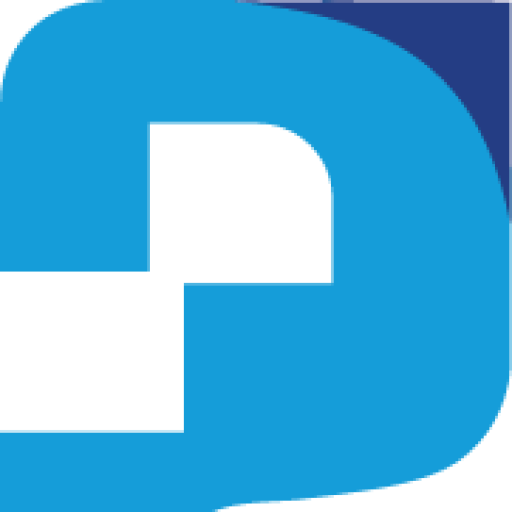As artificial intelligence reshapes industries and upends job markets, LinkedIn has become one of its most visible testing grounds.
From AI-enhanced résumés to job-matching algorithms, the professional social network is deeply embedded in the tech transformation narrative. But according to LinkedIn CEO Ryan Roslansky, not all AI features are landing the way they were expected to.
In a recent interview with Bloomberg, Roslansky revealed that LinkedIn’s AI-powered writing assistant—designed to help users polish their posts—hasn’t been as popular as initially anticipated.
The reason? Professional risk. “It’s not as popular as I thought it would be,” Roslansky admitted. “The barrier is much higher to posting on LinkedIn because this is your résumé online.”
The Invisible Line Between Smart and Synthetic
LinkedIn’s platform has introduced several AI-driven enhancements in the past year. Users can now generate profile summaries, refine job applications, and craft posts using machine learning tools powered by Microsoft’s Azure OpenAI Service. But while these features are widely available, users appear hesitant to fully embrace generative tools for personal expression—especially in public posts.
Unlike social platforms like TikTok or X, where users can experiment freely, LinkedIn’s audience is fundamentally professional. The stakes are higher. Missteps—even seemingly small ones—can have real-world implications.
“If you’re getting called out on TikTok, that’s one thing,” Roslansky noted. “But when you’re called out on LinkedIn, it really impacts your ability to create economic opportunity for yourself.”
AI on the Rise—But Carefully Curated
Despite resistance to post-polishing tools, LinkedIn has seen an enormous uptick in AI interest overall. Over the past year, there has been a substantial increase in job listings that require AI-related skills, and more users are listing AI proficiency on their profiles.
This reflects a broader shift in the workplace, where tools like ChatGPT, Copilot, and Midjourney are being adopted for everything from code generation to creative brainstorming. Companies are adapting quickly—and individuals are following suit, albeit cautiously.
Even Roslansky acknowledges the value of generative AI in daily workflows. He shared that when communicating with Microsoft CEO Satya Nadella, he often uses LinkedIn’s Copilot feature to refine his messages. “Every time, before I send him an email, I hit the Copilot button,” he said.
Why This Matters in Professional Circles
In regions like Nigeria and across Africa, LinkedIn is more than a networking tool—it’s a direct gateway to global job opportunities. It’s often the first place recruiters check, and its content influences decisions about hiring, collaboration, and funding.
AI tools promise to lower barriers to communication, especially for professionals with technical expertise but limited writing confidence. But if the use of AI-generated content is seen as deceptive—or if it doesn’t resonate with recruiters—there’s a risk of reputational damage.
For many professionals, the balance is delicate. Use AI to polish, not replace. Learn the tool without losing your voice. And above all, don’t let automation erode trust in your professional brand.
Talking Points
LinkedIn is unlikely to scale back its AI investments. With Microsoft backing and competition heating up among platforms like GitHub, Notion, and Google Workspace, AI integration is here to stay. The challenge now is adoption—and credibility.
As more users weigh the benefits of AI tools against the risks of losing their authentic tone, platforms like LinkedIn must evolve. Education, transparency, and smarter personalization may be the keys to helping users feel both empowered and protected.
Because in the AI era, sounding smart isn’t enough—you have to sound like yourself.





